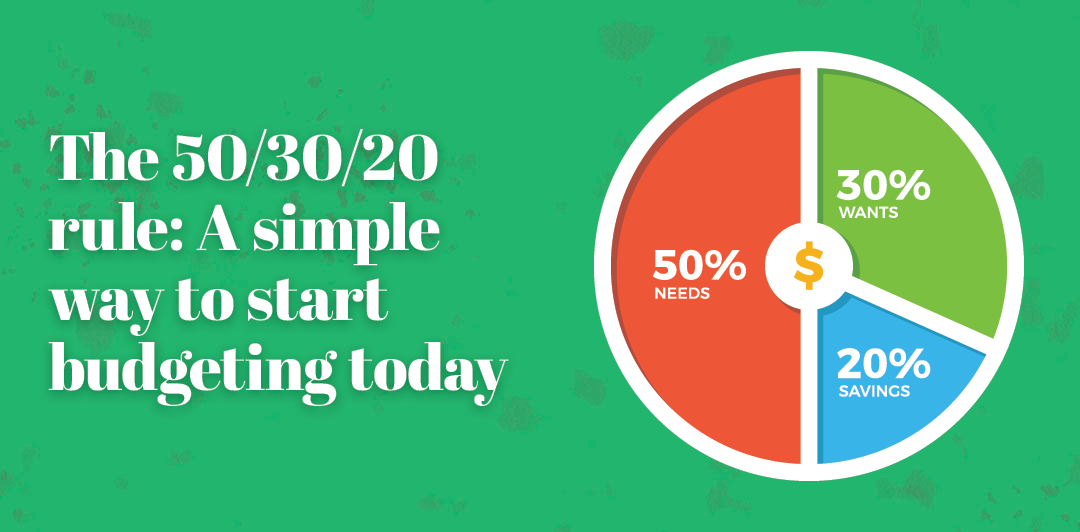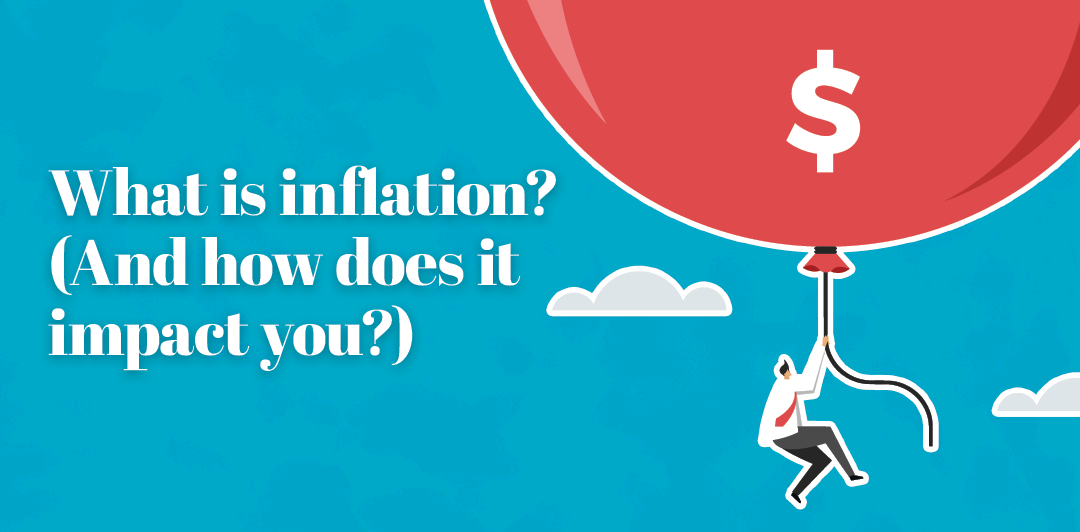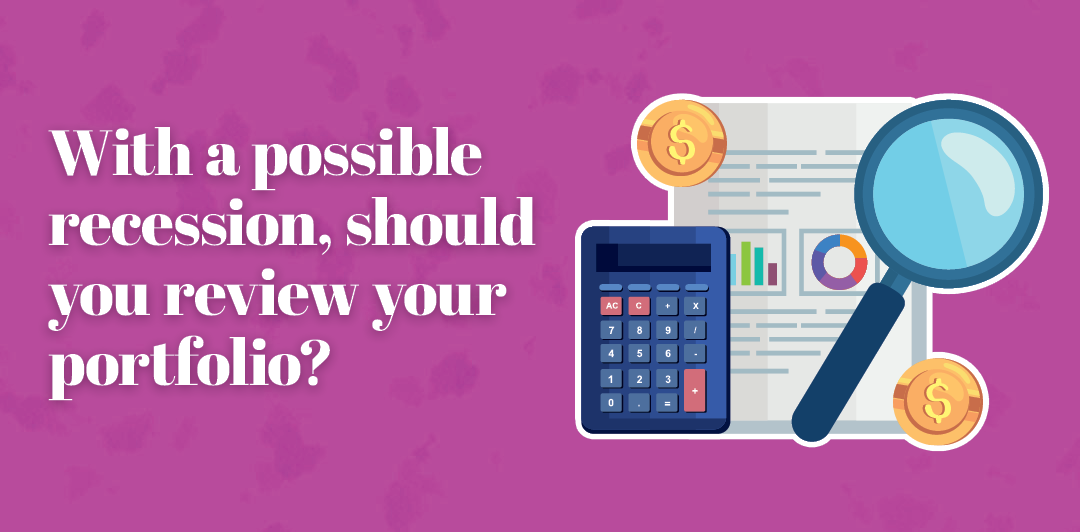


Is Short-term or Long-term Financing Best for Your Business?
Most businesses require capital, especially during their start-up and growth phase. While some small businesses – especially service businesses like consulting – are funded by using the entrepreneur’s savings or other assets, most companies will at some point apply for financing to weather cash flow crises, purchase needed equipment and supplies, or expand operations.
The first choice a business makes is whether to seek short-term or long-term financing.
Short-Term Financing
Short-term financing can be for periods as short as weeks (or even days), or as long as one to two years. Short-term financing is somewhat riskier than long-term, but it also tends to be less expensive and offers greater flexibility to the borrower. Both the increased risks and the lower rates are due to the potential for future interest rate fluctuations. Monthly payment amounts are higher because the loan must be paid back over a short period of time.
Short-term financing is typically used to cover short-term needs like materials purchases, inventory, and cash flow fluctuations.
Long-Term Financing
Long-term financing is typically credit extended for periods over two. Long-term loans tend to carry less risk for the borrower, but interest rates tend to be at least slightly higher than for short-term loans.
Long-term financing is typically used to cover equipment purchases, vehicles, facilities, and other assets with a relatively long useful life. Monthly payments are relatively lower because the repayment period is spread over a longer period. Of course, the longer the repayment period, typically the higher the total interest paid.
Sample Scenario
Here is a simple example to highlight the differences. A company wishes to borrow $20,000 to purchase additional materials and pay employee wages to increase production and build up inventory in advance of a spike in sales. Based on the sales forecast and the company’s accounts receivables policy, it estimates the loan can be repaid in 90 days.
The company has built a solid business relationship with a local bank. The short-term interest rate offered for a 90-day loan is 7%. The long-term interest rate offered for a 24-month loan is 8%.
Why the difference in rate? Short-term rates are typically lower because the lender is less concerned with longer-term interest rate fluctuations. If interest rates rise dramatically, the lender will not have funds tied up in an under-performing loan for a long period of time.
While the loan is less risky for the lender, it carries more risk for the borrower. If ramping up production costs the company more than anticipated, or if it is not paid on time for items sold, it may need the cash for longer than 90 days. If that is the case, it will have to apply for another loan, possibly at a much higher interest rate. In effect, the company "traded" a lower rate for the risk that it may have to get additional loans at higher rates – or face the possibility of not qualifying for future loans.
The old financial saying, "The fastest way to become insolvent is to borrow short and invest long," could apply to the above scenario. When short-term loans are due, and the money is still needed (or not yet available), the company could face a major cash crisis that could put it out of business.
Deciding what type of financing is important, but so is building a solid relationship with a lender – and creating a solid business loan proposal. In general terms, business lenders tend to use some variation of the Five Cs of Lending. Your proposal should include information regarding:
- Character: References, credentials, and a proven track record of meeting obligations are critical. Lenders want to work with borrowers who take their financial obligations seriously and take responsibility for their debts. Think of character as the lender’s way of asking, "Will you repay the loan?"
- Capacity: Character is great, but no amount of character can help if a business does not have the means to repay a loan. Include information about the company’s borrowing history, track record of payments, sales projections, and most importantly cash flow projections. Lenders also look at debt ratios (how much debt the company currently has) and liquidity ratios (what assets could be sold to repay the debt). Capacity answers the question, " Can you repay the loan?"
- Capital: Funds invested in a company shows the level of financial commitment of the owners. In general, owners who are heavily invested are much more likely to repay loans and meet obligations because they have more to lose.
- Conditions: Current market and economic conditions are a major factor in loan approval. If the company sells luxury products and the economy is down, the lender may be less willing to risk lending money. Overall market conditions – unrelated to a specific business or market sector – could cause the lender to tighten or loosen lending guidelines.
- Collateral: Collateral is any asset that can be pledged as surety for a loan. For example, when a bank makes a car loan, the car is typically used as collateral for the loan. If the borrower doesn’t make payments, the lender can repossess the car to recover the loan amount. Lenders are typically much more likely to approve – and offer better rates – for loans where collateral is pledged as a further promise of repayment. What are common sources of collateral? Real estate, manufacturing equipment, inventory, and accounts receivable are often pledged by companies seeking financing.
In general, most businesses try to match the length of a loan with the life of the asset financed. Short-term needs like materials purchases, expanding inventory, or weathering an accounts receivable crunch are usually best covered using short-term financing. When purchasing assets, the typical rule of thumb is to match the loan maturity with the useful life of an asset. If a piece of equipment has a useful life of 10 years, a 10-year loan may be the best choice.
Another option is to apply for a line of credit that can be used and repaid at company discretion. Many businesses maintain a line of credit to finance short-term needs, avoid multiple loan applications, and retain borrowing flexibility. Keep in mind that lines of credit are generally only offered to established businesses with a proven track record of success and a solid payment history.
Recent Articles
Join our e-newsletter
Sign up for our e-newsletter to get new content each month.






















